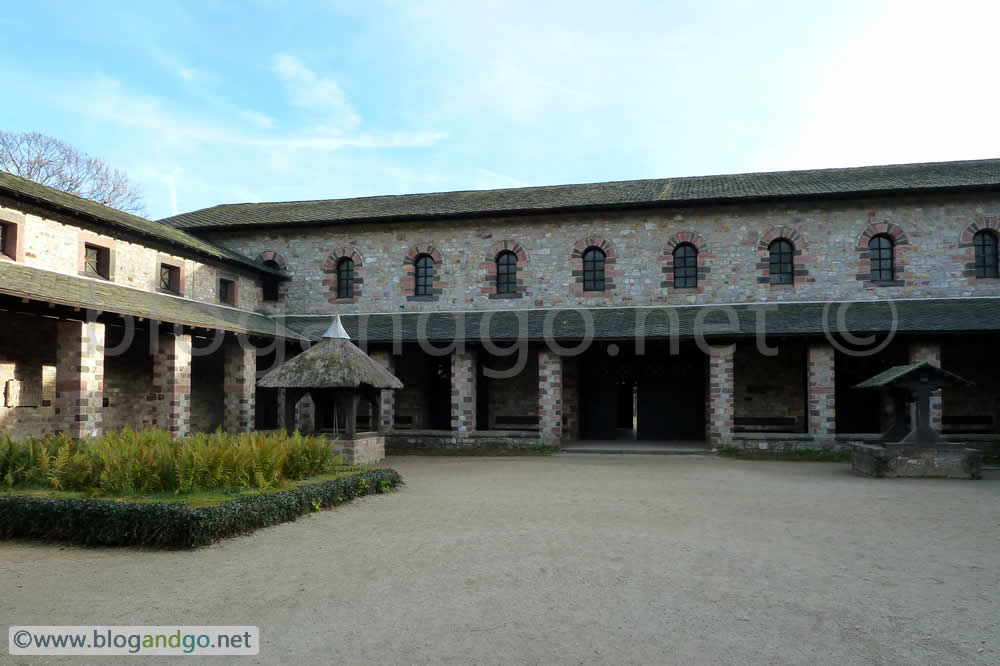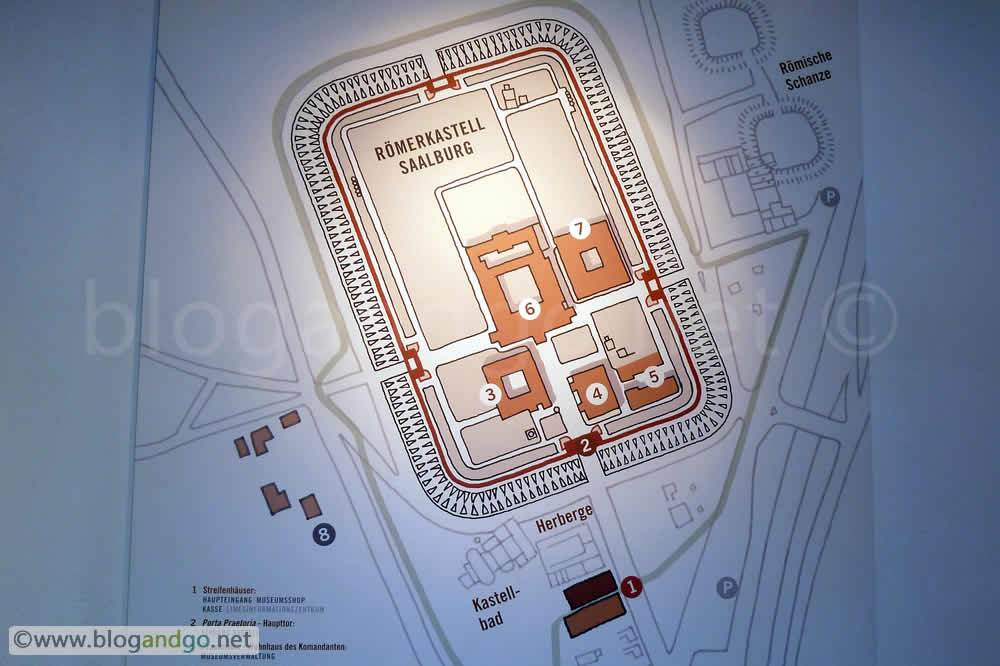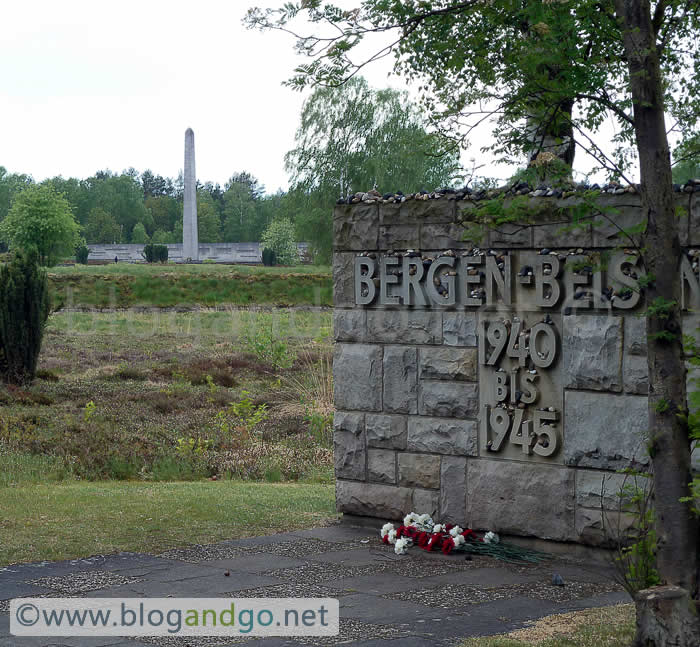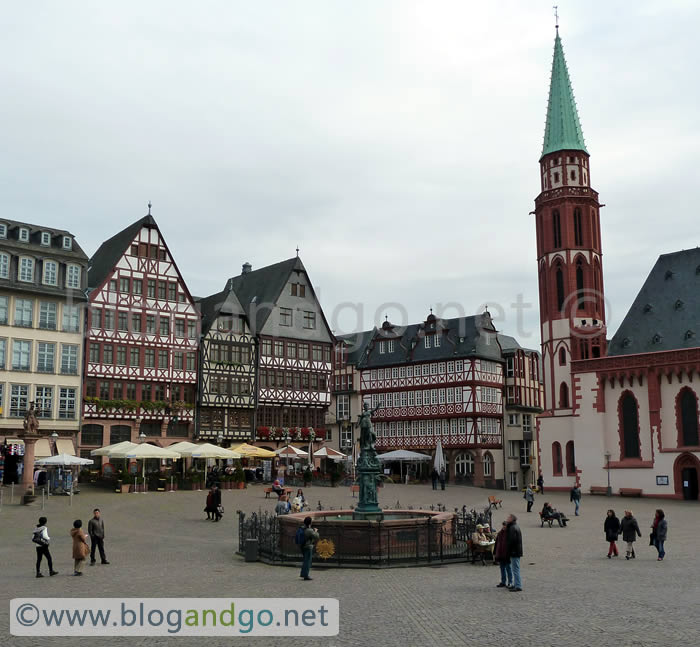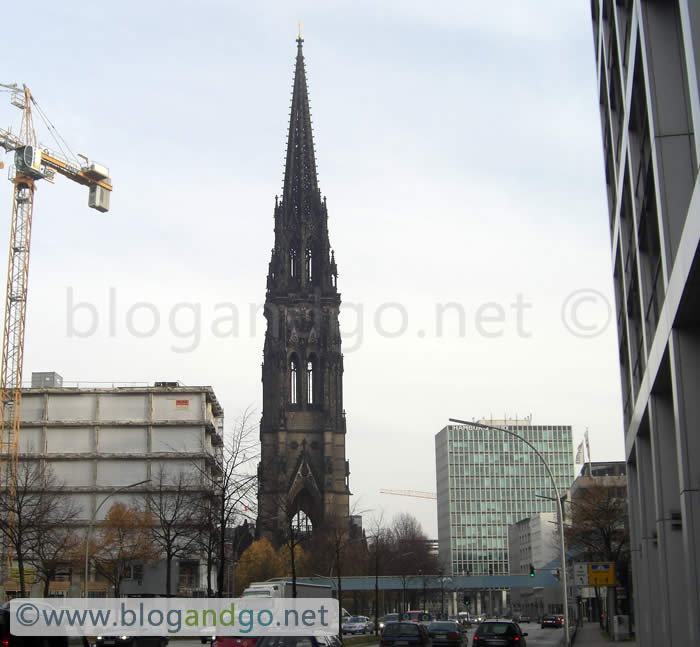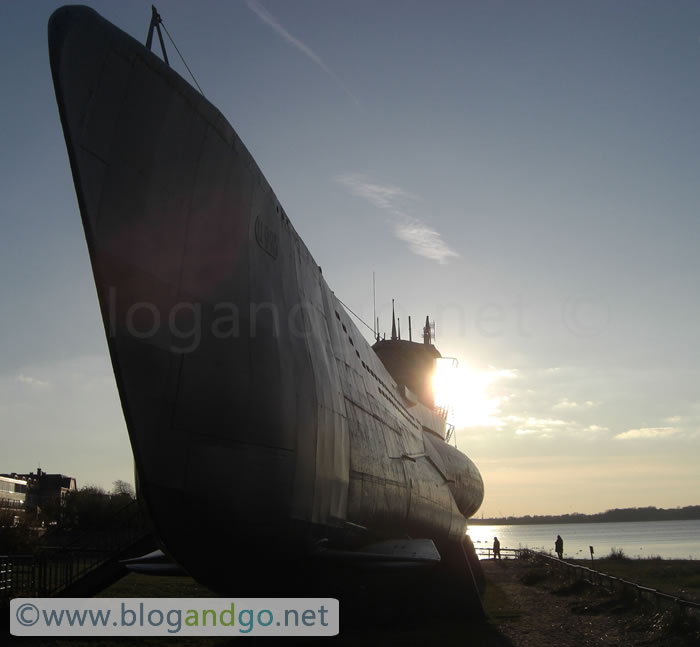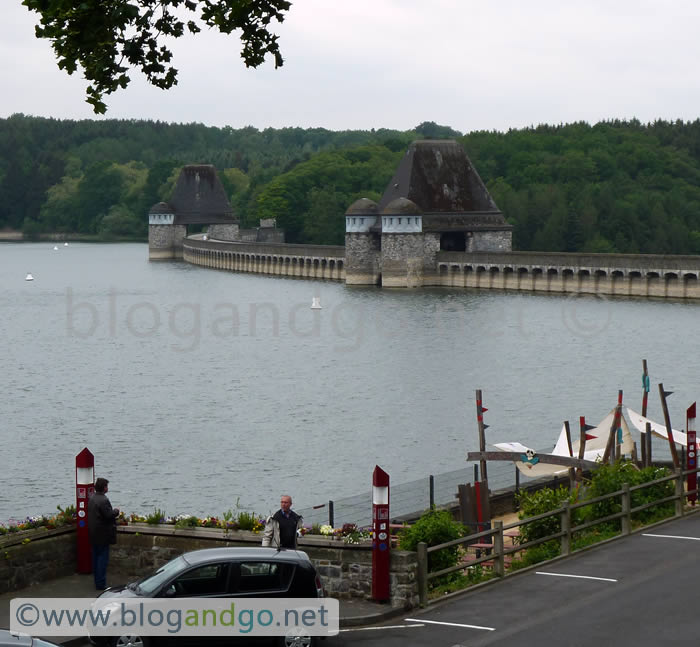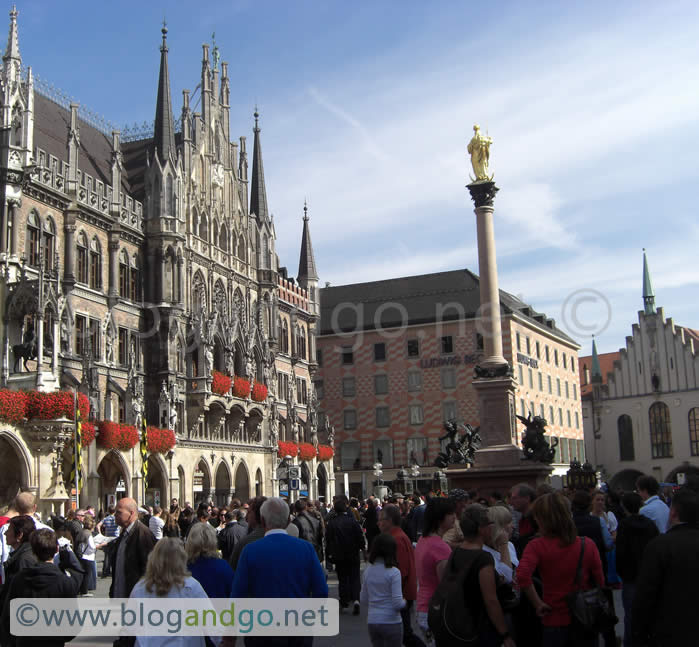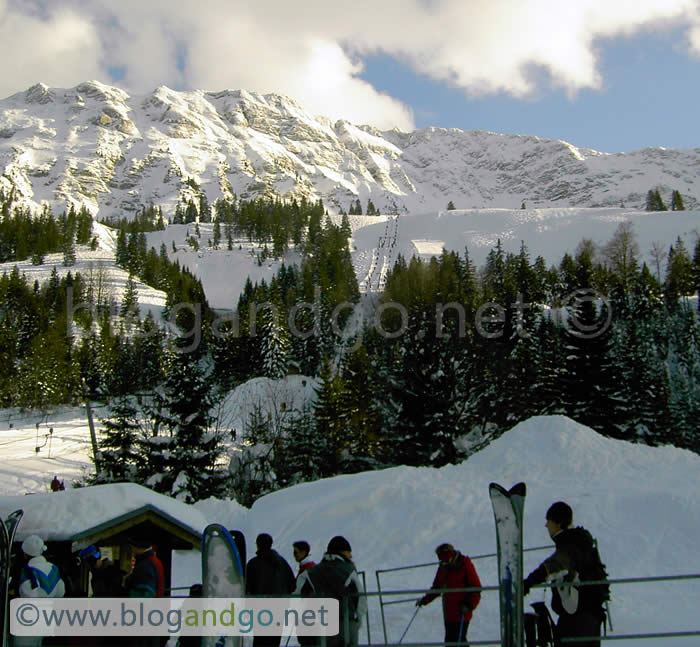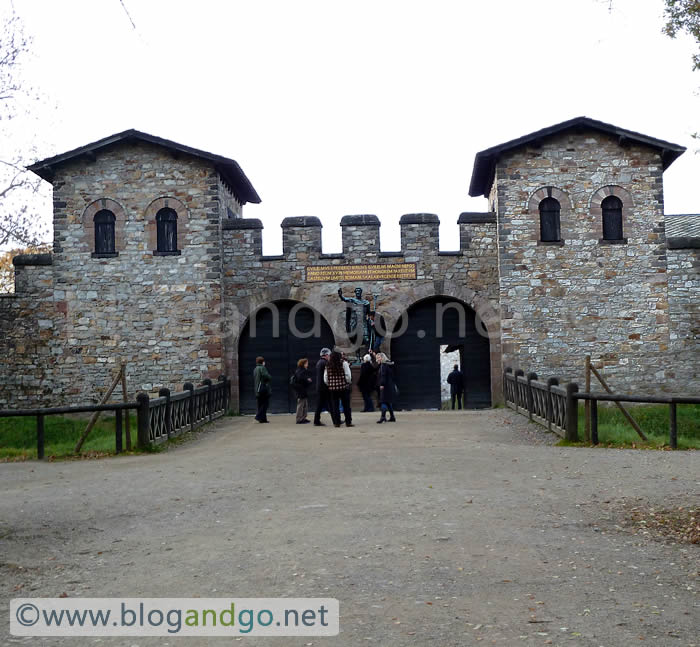Visiting the Limes Germanicus
It wasn't until I arrived in Frankfurt that I discovered that this UNESCO monument actually existed. Just 25km from Frankfurt, I couldn't miss this unexpected opportunity to visit such a significant location and to imagine life back at the Roman frontier. My previous 'tour of duty' on the limes was at the northern frontier at Hadrian's Wall in the north of England when I walked it from West to East.
Being at the frontier again brings home just how big the Roman Empire was and what an accomplishment the pax Romana was - despite it being advanced at the tip of a gladius and pilum. When you stop to think how far away Hadrian's Wall is; weeks of marching, a trip across the English channel, and then another or week or so march north to reach the Wall, the Empire feels big. However, even at Saalburg, this feels a world away from the warm Mediterranean heart of the empire, and even further from the eastern Limes in the Middle East.
Saalburg started life as a simple wood and earth structure, evolving to become a dry built wood and stone wall structure. To become a more permanent and formidable part of the limes a larger fort with mortared stone walls replaced the earlier structure. The reconstructed fort represents this last architectural phase and includes the earlier phase defensive ditch. Approaching the full size fort and seeing the main gate and defensive towers loom into range got me immediately excited. The best forts on Hadrian's Wall require some interpretation but at Saalburg this is probably as close as you can get to entering a real Roman fort.
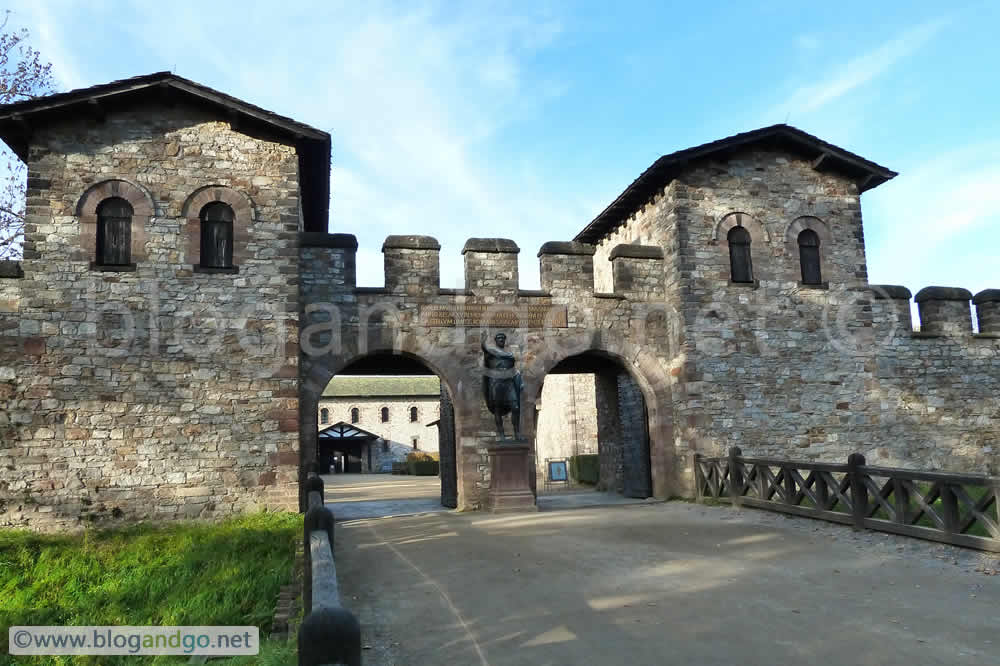
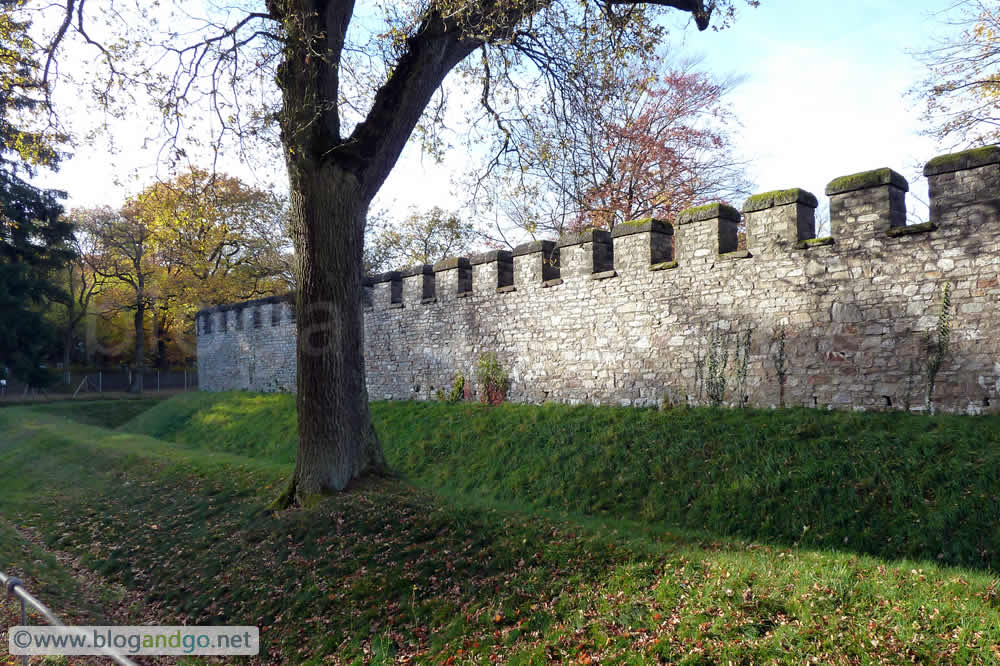
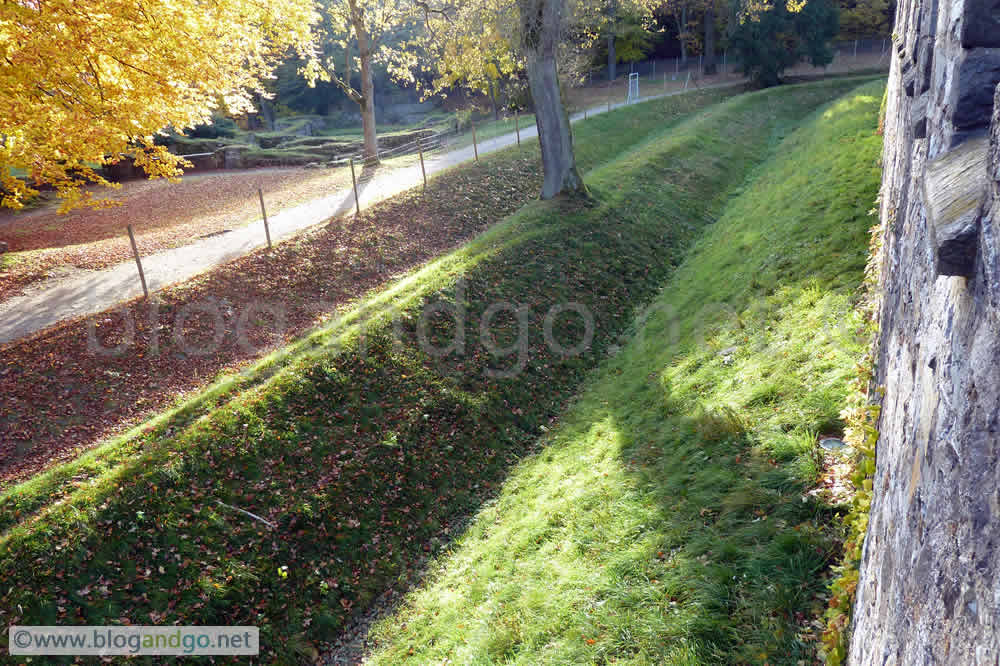
.jpg?open)
.jpg?open)
.jpg?open)

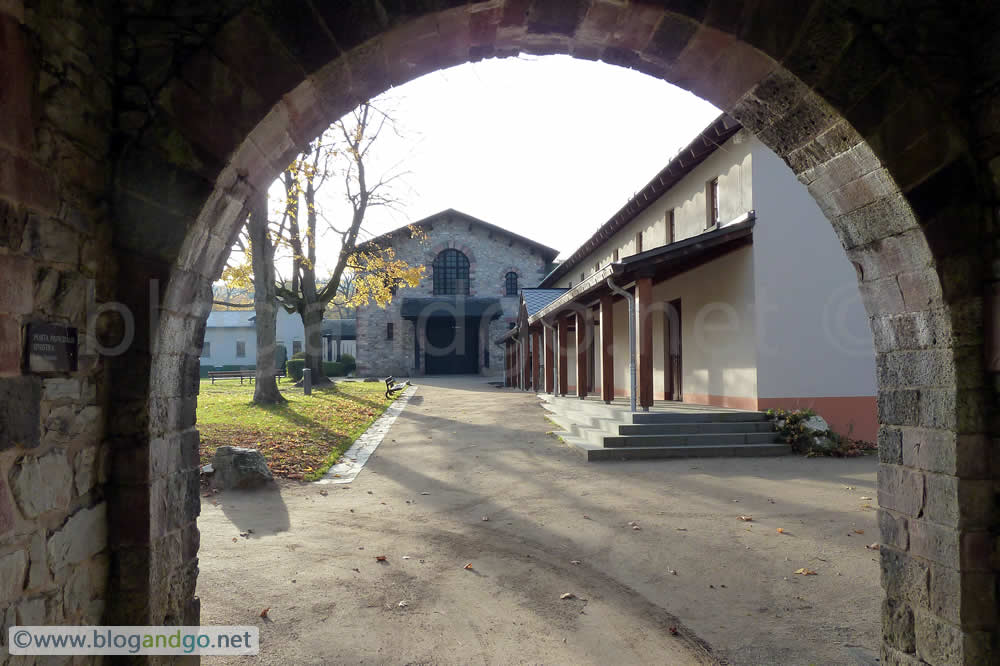
.jpg?open)
